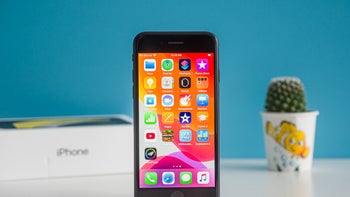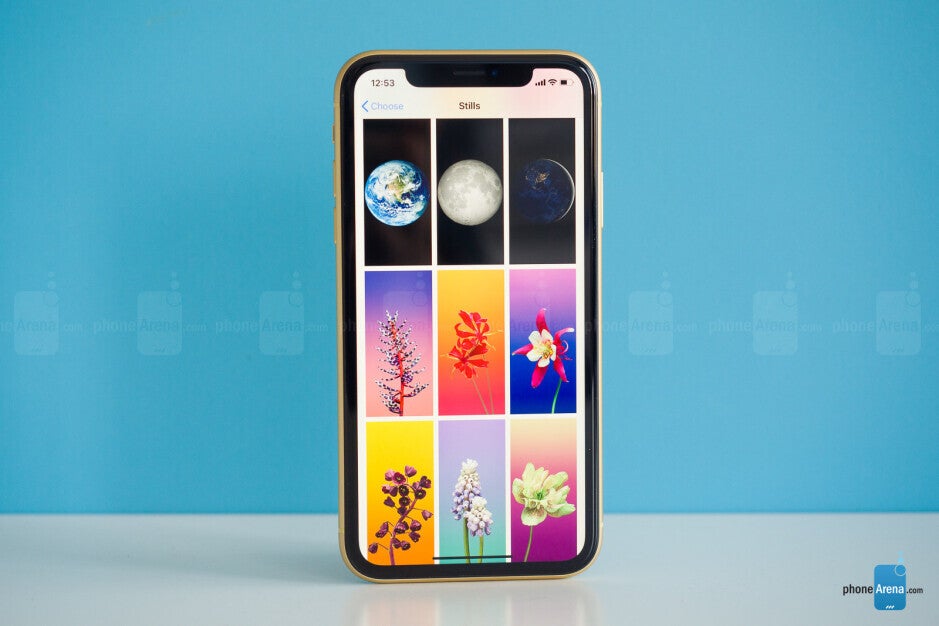New report calls for Apple to introduce the third-generation iPhone SE in Q1 of 2022 with 5G support

According to TrendForce, the third-generation iPhone SE will be introduced during the first quarter of 2022. While the device is expected to mark Apple's entry in the mid-range 5G handset market, the latest word calls for no change in design from the second-generation model that was made official on April 15th, 2020. That word came from Japan's Macotakara which cited unnamed "reliable" Chinese leakers.
Conflicting reports say the iPhone SE (2022) will either keep the same design, or borrow the looks of a more recent model
If true, we can expect the iPhone SE (2022) to feature a 4.7-inch display and Touch ID. According to DigiTimes Apple will equip the phone with 5G support and the A14 Bionic chipset, the 5nm component that is used on the iPhone 12 series. That chip contains 11.8 billion transistors. The iPhone SE (2020) is powered by the A13 Bionic and comes with a 12MP rear-facing camera and a 7MP front-facing FaceTime camera.

The looks of the iPhone XR would make a great design for the third-generation iPhone SE
However, another report suggests that instead of rehashing the look of the iPhone 8 for the third-gen iPhone SE, Apple will borrow the modern look of another, more recent, model. We suggested that Apple borrow the looks of the iPhone XR which was released in 2018. This would give the iPhone SE (2022) FaceID, and a 6.1-inch LCD display with an 828 x 1792 resolution. The A14 Bionic chip could still be included which would be an upgrade from the A12 Bionic that powered the iPhone XR.
Apple is planning to produce 25 million to 30 million units of the iPhone SE (2022); the device which is tailor-made for those who prefer using a fingerprint scanner instead of facial recognition. It also allows consumers with a preference for smaller screens to purchase an iPhone with a more powerful and energy-conserving chip inside.
Apple will still release its four iPhone 14 models as scheduled during the late third quarter of next year. However, Apple is expected to make some changes which include the removal of the iPhone mini option. Instead, Apple should offer a 6.1-inch iPhone 14, a 6.7-inch iPhone 14 Max, a 6.1-inch iPhone 14 Pro, and a 6.7-inch iPhone 14 Pro Max. For the first time, consumers will be able to purchase a large-screened model at a lower price than the cost of the Pro Max unit.
The next iPhone SE model is going to need a hefty hike in battery capacity
The original iPhone SE was modeled after the iPhone 5s and featured a 4-inch LCD display with a 640 x 1136 resolution. The Apple A9 SoC was under the hood compared to the A7 component that the iPhone 5s was shipped with. A 12MP camera graced the rear of the phone while a 1.2MP camera was on the front of the handset.
The second-generation model, which we will call the iPhone SE (2020), was modeled after the iPhone 8 with its 4.7-inch LCD display and 750 x 1334 resolution. The Apple A13 Bionic was under the hood, and like the OG iPhone SE, the new version again sported a chip with a two-generation upgrade from the model whose design was borrowed. To reiterate, while the rear camera continued to use a 12MP sensor, the front-facing camera was hiked to 7MP.
If there is one thing that the public has become very sensitive to lately, it is battery life. The OG iPhone SE battery had a capacity of 1624mAh. The sequel carries the same 1821mAh capacity as the battery on the iPhone 8. Considering that the public had a hard time dealing with the 2227mAh battery capacity of the iPhone 12 mini, the next iPhone SE model is going to require a hefty increase in battery capacity.
A larger battery will be even more important should the iPhone SE (2022) support 5G connectivity as we expect it will. One battery-killing feature that we would not expect on the new model is a faster refresh rate; iPhone SE (2022) users will probably have to make do with a traditional 60Hz refresh rate.










Things that are NOT allowed: